As you wander through the bustling streets of Seoul, the irresistible scent of freshly baked bread beckons from every corner. From soft, pillowy pastries to crusty artisanal loaves, bread is a beloved staple in Korean daily life. However, as a traveler planning your culinary journey in South Korea, you might be surprised by the relatively high prices of bread compared to other countries. So, what’s driving these premium prices? The primary reason lies in the market dominance of large corporations. Let’s explore how this corporate stronghold influences bread prices in Seoul and what it means for your travel budget.

The Price of Bread in Seoul: A Closer Look
Bread in Korea isn’t just food; it’s an experience curated by some of the country’s largest and most influential corporations. To understand the impact of these conglomerates on bread prices, let’s compare the average cost of common bread items across different countries:
Average Bread Prices by Country
| Bread Type | South Korea (Seoul) | United States | Japan | Germany | Australia |
|---|---|---|---|---|---|
| Baguette (500g) | ₩5,000 (~$4.00) | $3.50 | ¥400 (~$3.00) | €2.00 (~$2.20) | AUD 4.50 (~$3.00) |
| Croissant | ₩3,500 (~$2.80) | $3.00 | ¥250 (~$2.00) | €1.80 (~$2.00) | AUD 3.50 (~$2.30) |
| Sourdough Loaf | ₩6,000 (~$4.80) | $4.50 | ¥500 (~$4.50) | €3.00 (~$3.30) | AUD 5.00 (~$3.30) |
| Sandwich Bread | ₩2,500 (~$2.00) | $2.50 | ¥200 (~$1.80) | €1.50 (~$1.70) | AUD 3.00 (~$2.00) |
| Artisanal Pastries | ₩4,000 (~$3.20) | $3.50 | ¥350 (~$3.10) | €2.50 (~$2.70) | AUD 4.00 (~$2.70) |
Prices are approximate and may vary based on location and bakery.
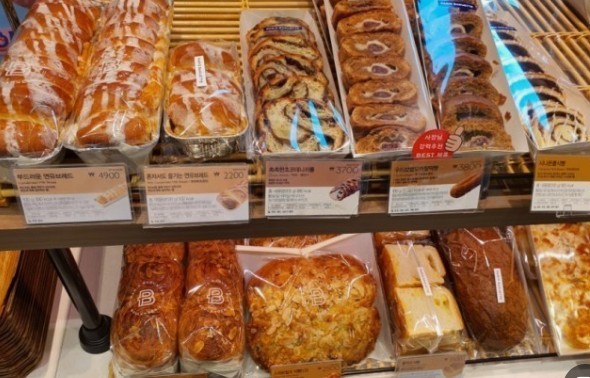
As the table shows, bread in Seoul tends to be priced higher than in many other countries. The main driver behind these elevated prices is the strong market control exerted by large corporations in the Korean bread industry.
The Role of Large Corporations in Shaping Bread Prices
Market Dominance by Big Corporations
South Korea’s bread market is heavily dominated by a few large corporations, such as Paris Baguette (operated by the SPC Group) and Tous les Jours (operated by CJ Group). These conglomerates hold a significant share of the market, controlling numerous bakery outlets across the country. Their dominance affects bread prices in several ways:
1. Economies of Scale and Pricing Power
Large corporations benefit from economies of scale, allowing them to produce bread in vast quantities. However, instead of passing the savings onto consumers, these companies often maintain higher prices to maximize profits. Their extensive distribution networks and strong brand presence also give them considerable pricing power, enabling them to set and sustain premium prices.
2. Limited Competition
With a few big players controlling most of the market, competition is limited. This lack of competition reduces the pressure on these corporations to lower prices, as consumers have fewer alternatives. Smaller bakeries find it challenging to compete on price, often leading to a market where high prices remain the norm.
3. Brand Premium
Large corporations invest heavily in marketing and brand building, creating a perception of quality and reliability. Consumers are often willing to pay a premium for well-known brands, further enabling these corporations to keep prices high. The strong brand loyalty cultivated by these companies ensures a steady demand, justifying the higher price points.
Impact on Consumers and Travelers
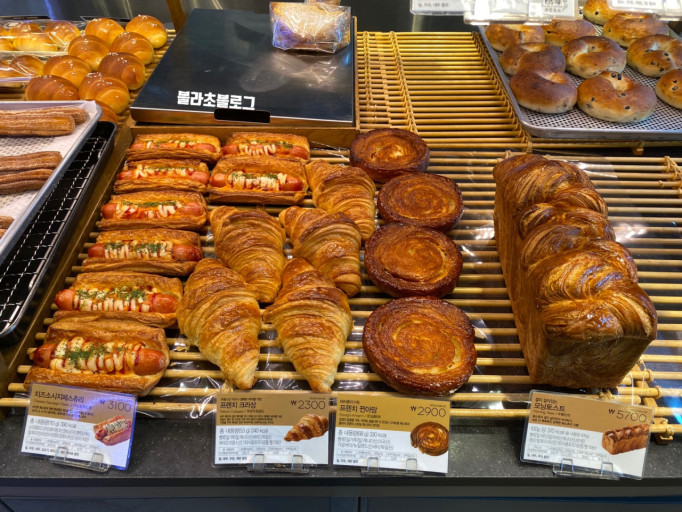
For travelers, the high bread prices in Seoul mean that indulging in local baked goods might require a bit more budgeting. While the quality and variety are exceptional, the cost can add up, especially if you’re sampling bread from multiple renowned bakeries.
How to Navigate High Bread Prices in Seoul
While the dominance of large corporations drives up bread prices, there are ways to enjoy delicious bread without overspending:
1. Avoid Large Chain Stores Like Paris Baguette
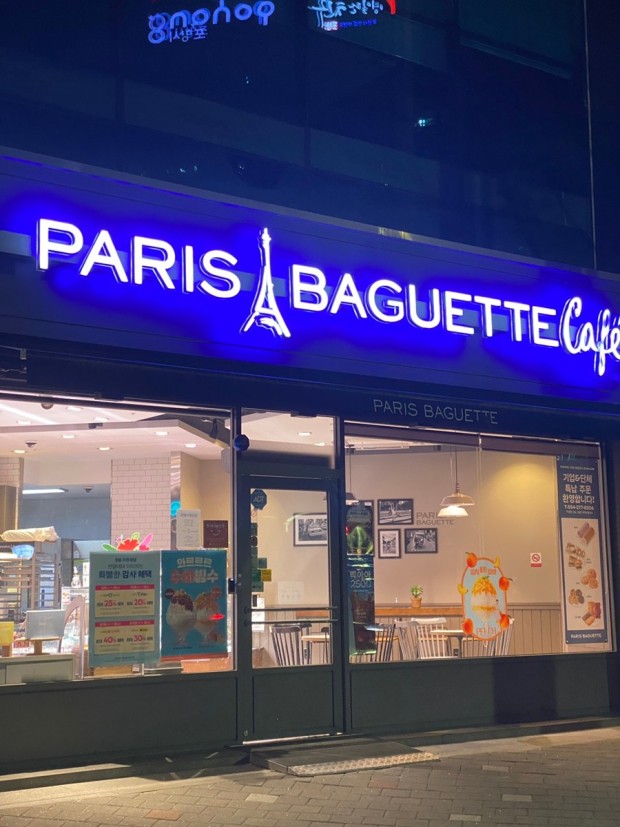
While chains like Paris Baguette and Tous les Jours offer consistency and a wide variety of options, their prices are generally higher due to corporate overheads and brand premiums. To save money, consider steering clear of these big chains.
2. Explore Affordable Bakeries Near Subway Stations
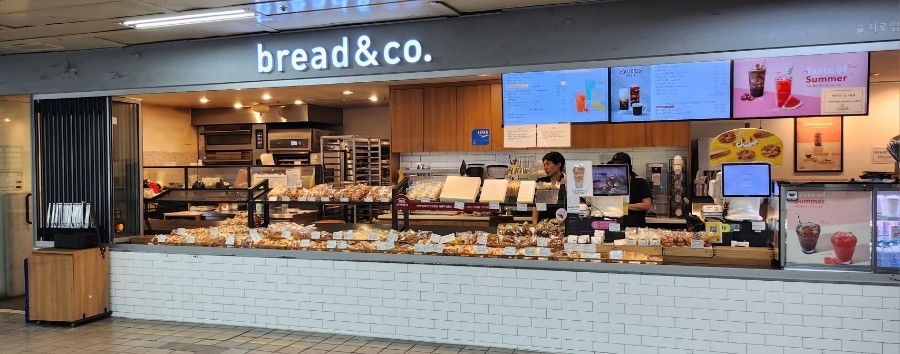
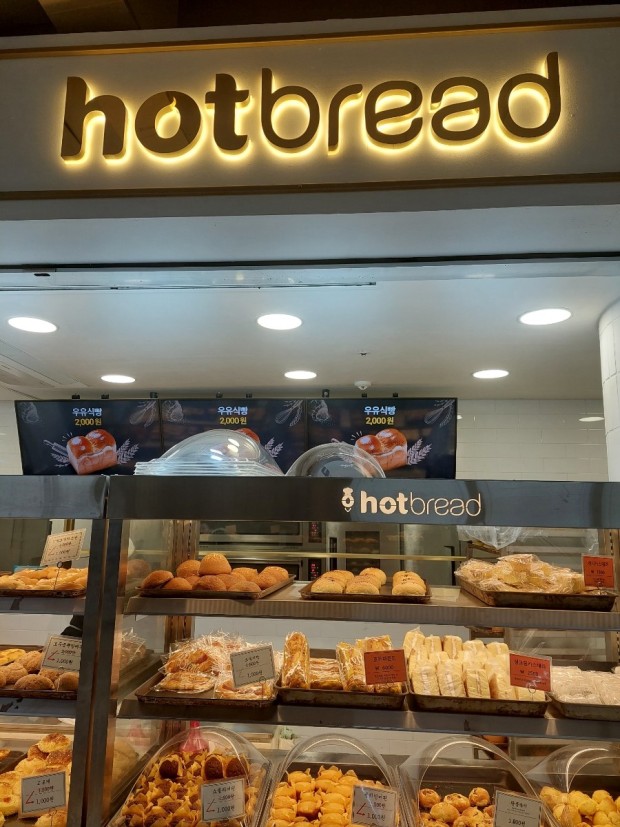
One of the best ways to find quality bread at more reasonable prices is to seek out smaller, local bakeries located near subway stations. These bakeries often offer fresh, tasty options without the hefty price tags of major chains. Here are a few recommendations:
| Bakery Name | Location (Near Subway Station) | Specialty | Average Price (KRW) |
|---|---|---|---|
| Baker’s Corner | Hongdae Station (Line 2) | Freshly baked croissants | ₩2,500 – ₩3,500 |
| Seoul Sourdough | Mapo Station (Line 5) | Sourdough loaves | ₩3,000 – ₩4,500 |
| Metro Bakery | Gangnam Station (Line 2 & Sinbundang) | Traditional baguettes | ₩2,800 – ₩4,000 |
| Subway Fresh | Jamsil Station (Line 2 & 8) | Sandwich bread and pastries | ₩2,000 – ₩3,000 |
| Cornerstone Bakery | Euljiro 3-ga Station (Line 2, 3, 5) | Artisanal pastries | ₩3,500 – ₩5,000 |
Prices are approximate and may vary based on specific items and bakery.
3. Visit Local Markets and Street Vendors
Markets like Gwangjang and Namdaemun host vendors selling freshly baked bread at competitive prices. These markets are great places to find a variety of bread types without the premium costs associated with large bakery chains.
4. Take Advantage of Promotions and Discounts
Keep an eye out for promotions, discounts, and special deals offered by large bakery chains. Many corporations run loyalty programs or seasonal sales that can help you save on your favorite bread items.
5. Bake Your Own Bread
For the adventurous traveler, trying your hand at baking bread using local ingredients can be a fun and cost-effective alternative. Many cooking classes in Seoul offer sessions on baking traditional Korean bread, allowing you to enjoy freshly baked goods at a fraction of the price.
Comparing Korean Bread Prices with Local Favorites
To highlight the impact of corporate dominance on bread prices, here’s a comparison of average bread prices in South Korea with those in other countries:
Bread Price Comparison Snapshot
| Country | Average Price Range (KRW) | Popular Bread Type |
|---|---|---|
| South Korea | ₩2,500 – ₩6,000 | Artisanal Pastries, Baguettes |
| United States | ₩3,300 – ₩6,000 | Sourdough, Baguettes |
| Japan | ₩220 – ₩550 | Milk Bread, Anpan |
| Germany | ₩2,000 – ₩4,000 | Rye Bread, Pretzels |
| Australia | ₩1,700 – ₩4,300 | Sourdough, Multigrain |
Exchange rates are approximate and subject to change.
As observed, while countries like Japan and Australia offer a range of bread types at competitive prices, Seoul’s bread prices remain on the higher side. This disparity is largely due to the stronghold of large corporations in the Korean market, limiting competitive pricing and keeping consumer costs elevated.
Conclusion: Is It Worth the Splurge?

Despite the higher prices, indulging in Seoul’s bread offerings is a worthwhile experience. The dominance of large corporations ensures a consistent quality and a wide variety of flavors that can enrich your culinary adventure. By strategically exploring different bakeries—especially smaller, local ones near subway stations—and taking advantage of discounts, you can enjoy the best of Seoul’s bread scene without straining your budget.
Stay tuned for more insights into Seoul’s vibrant lifestyle, hidden gems, and must-visit spots. Follow the blog and join our community of passionate travelers exploring the heart of South Korea!
Leave a Reply